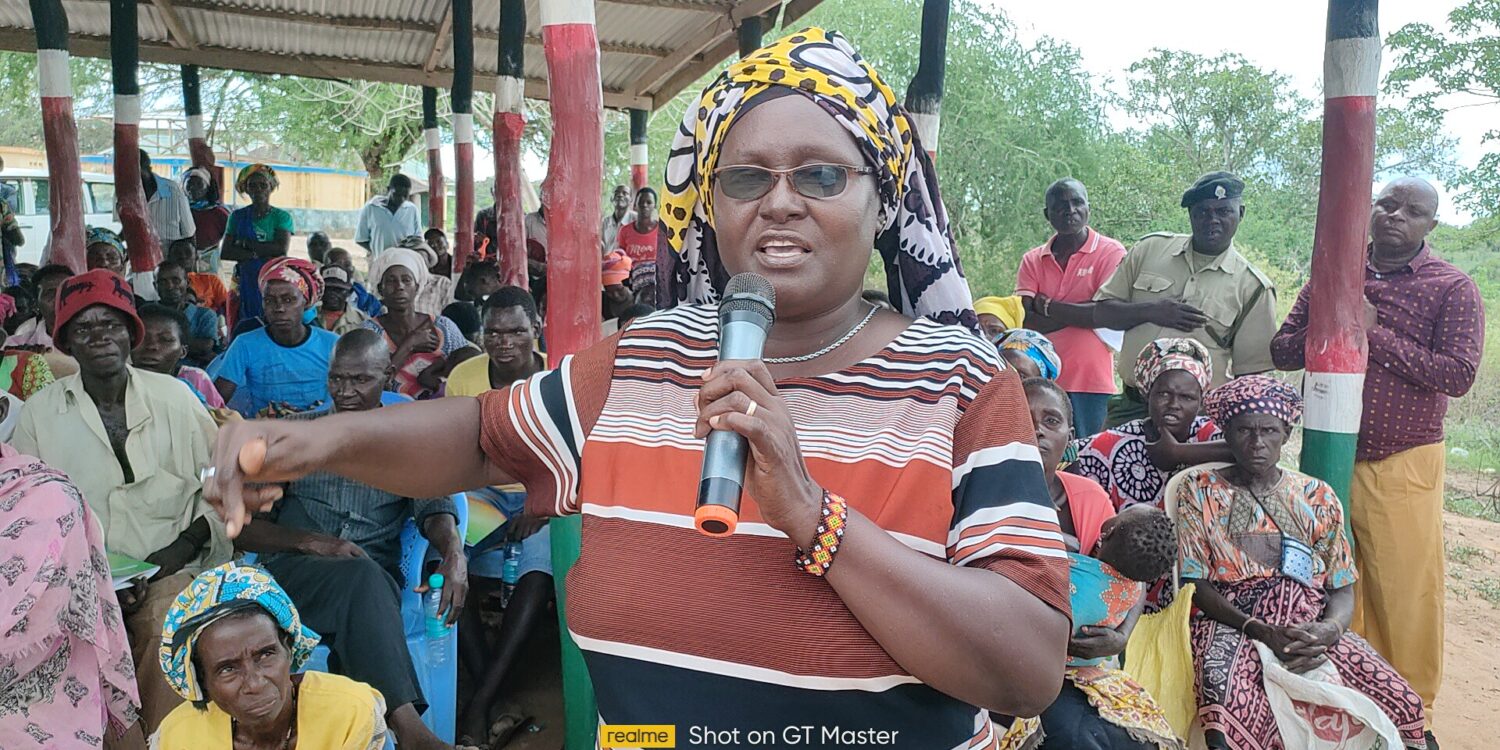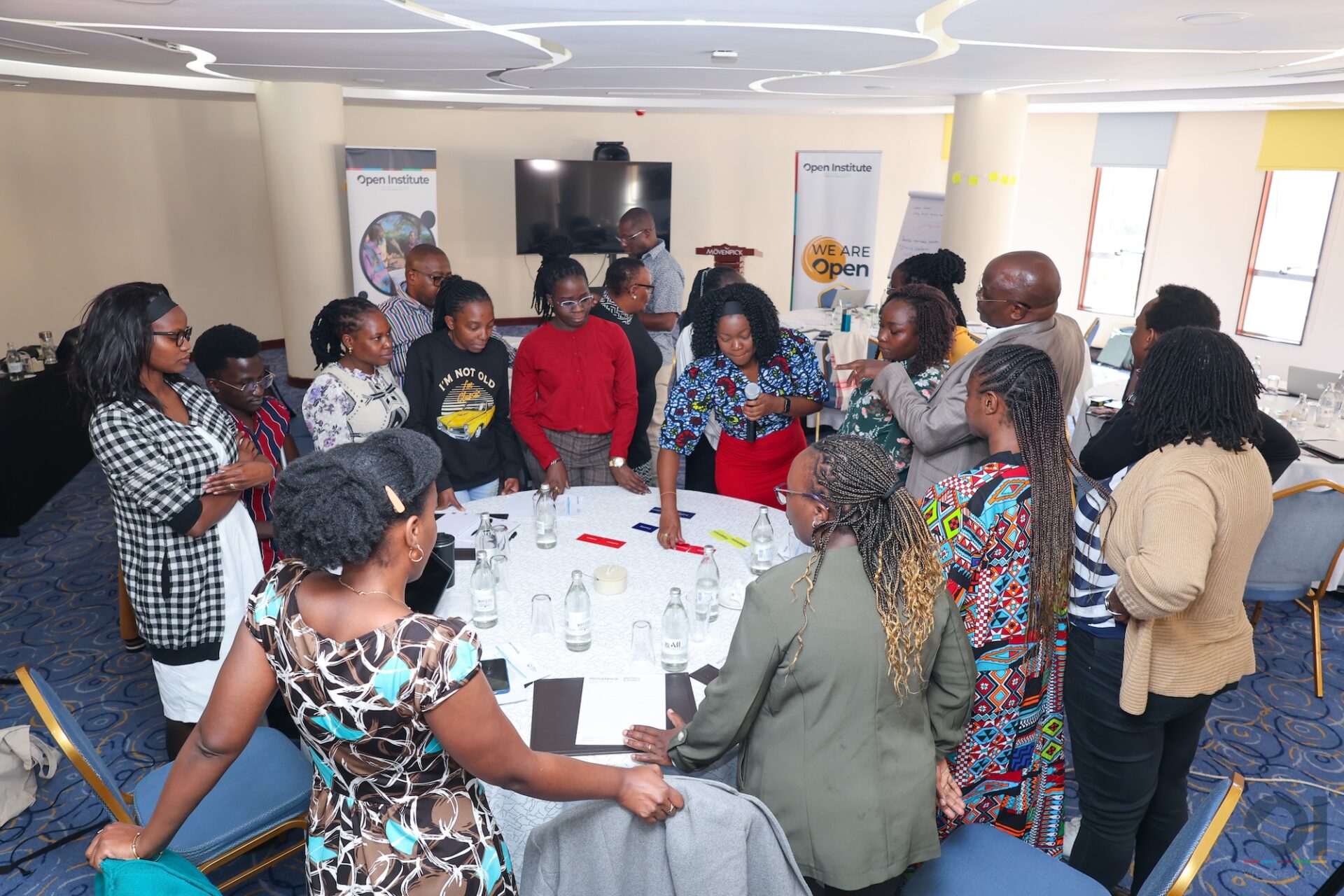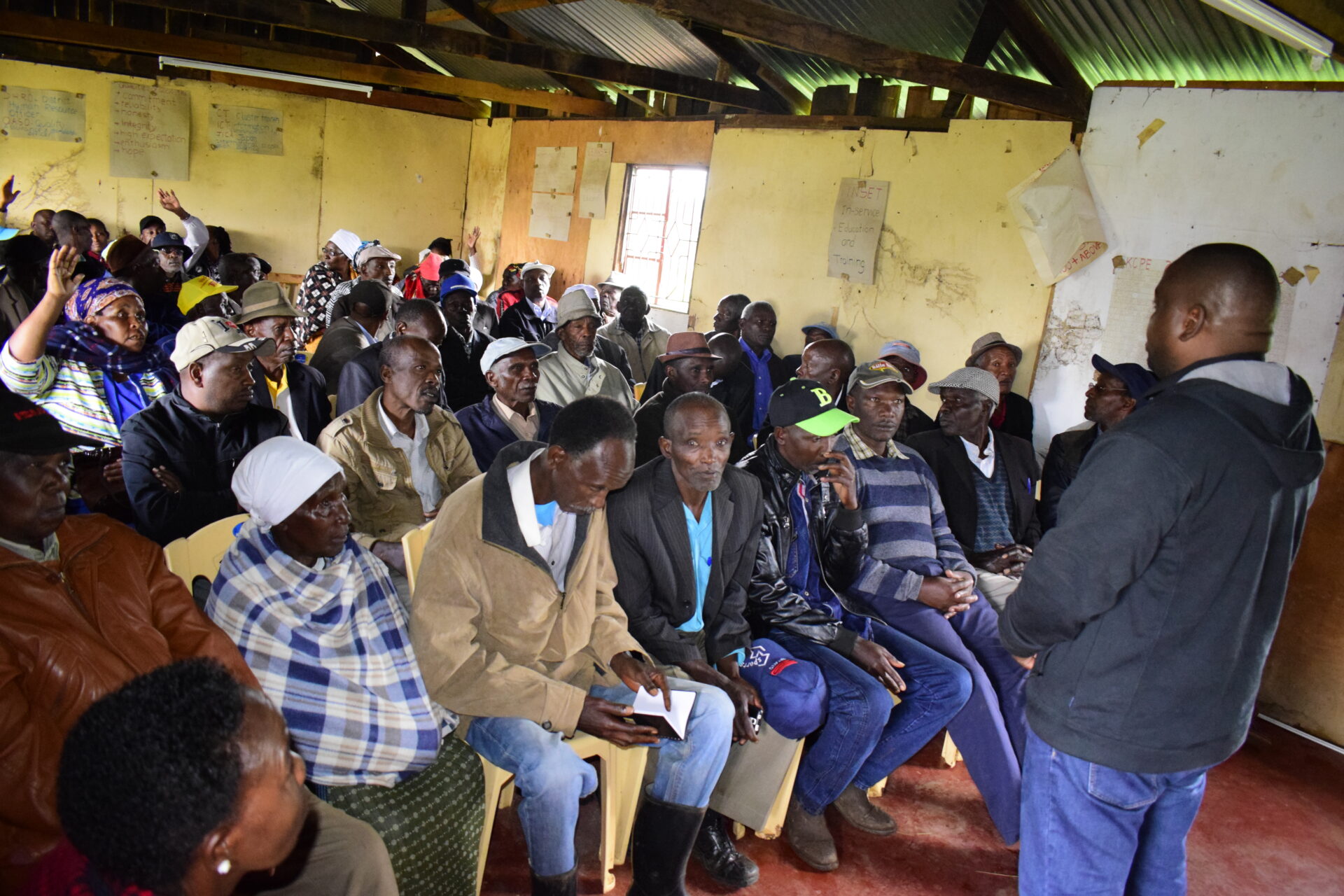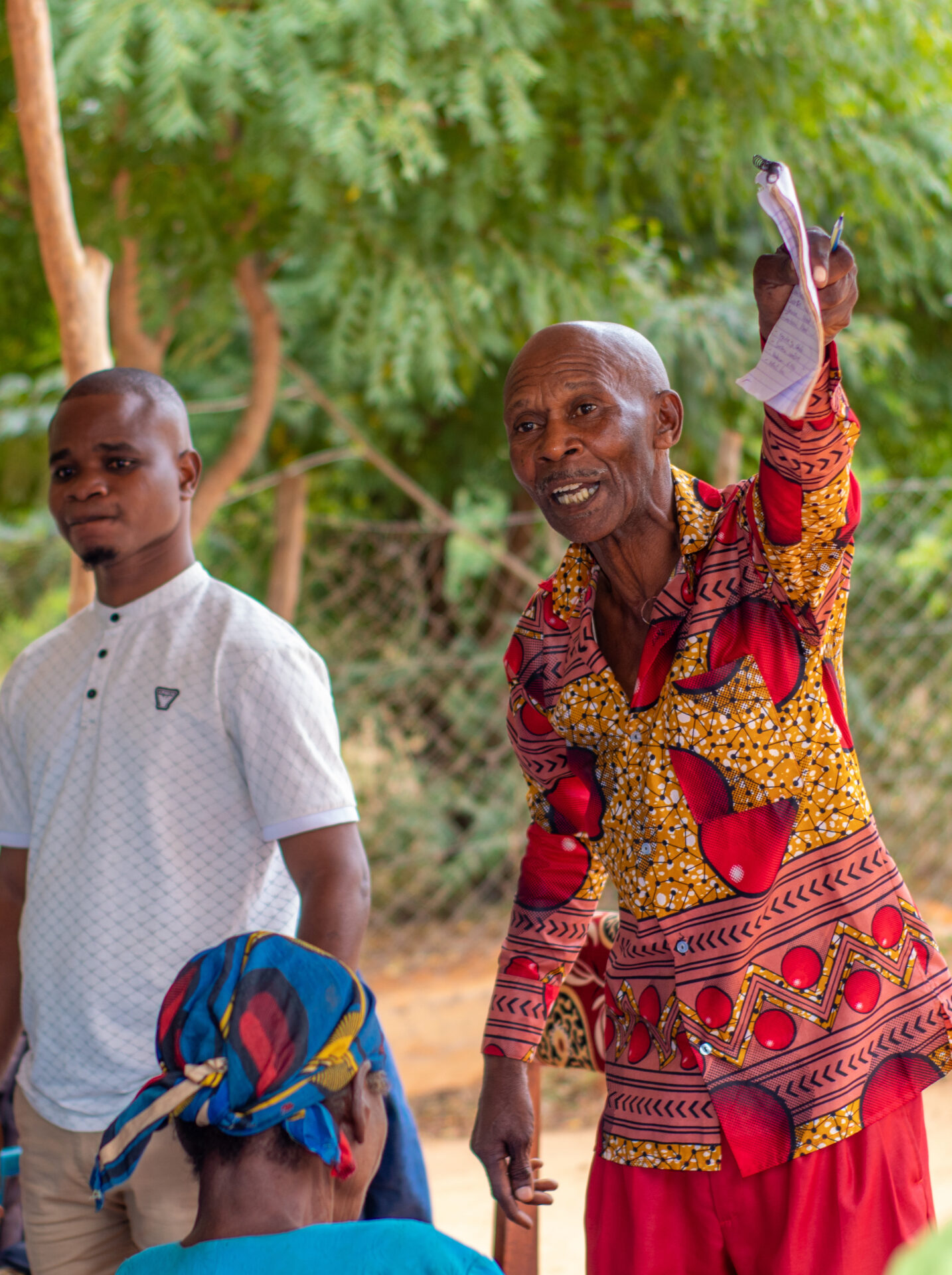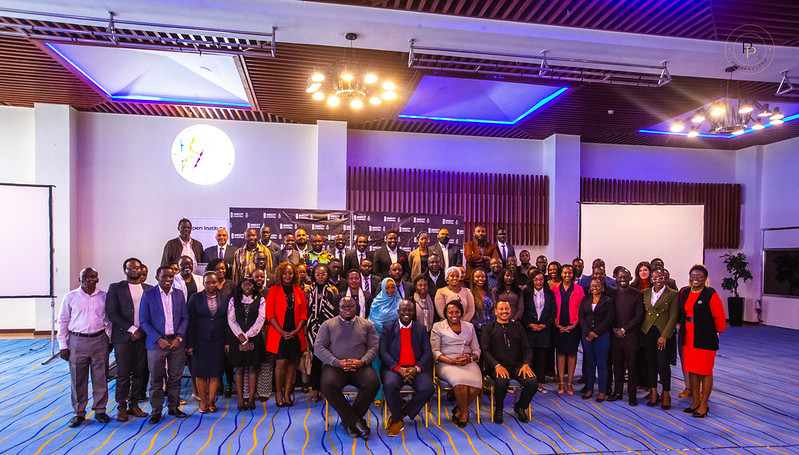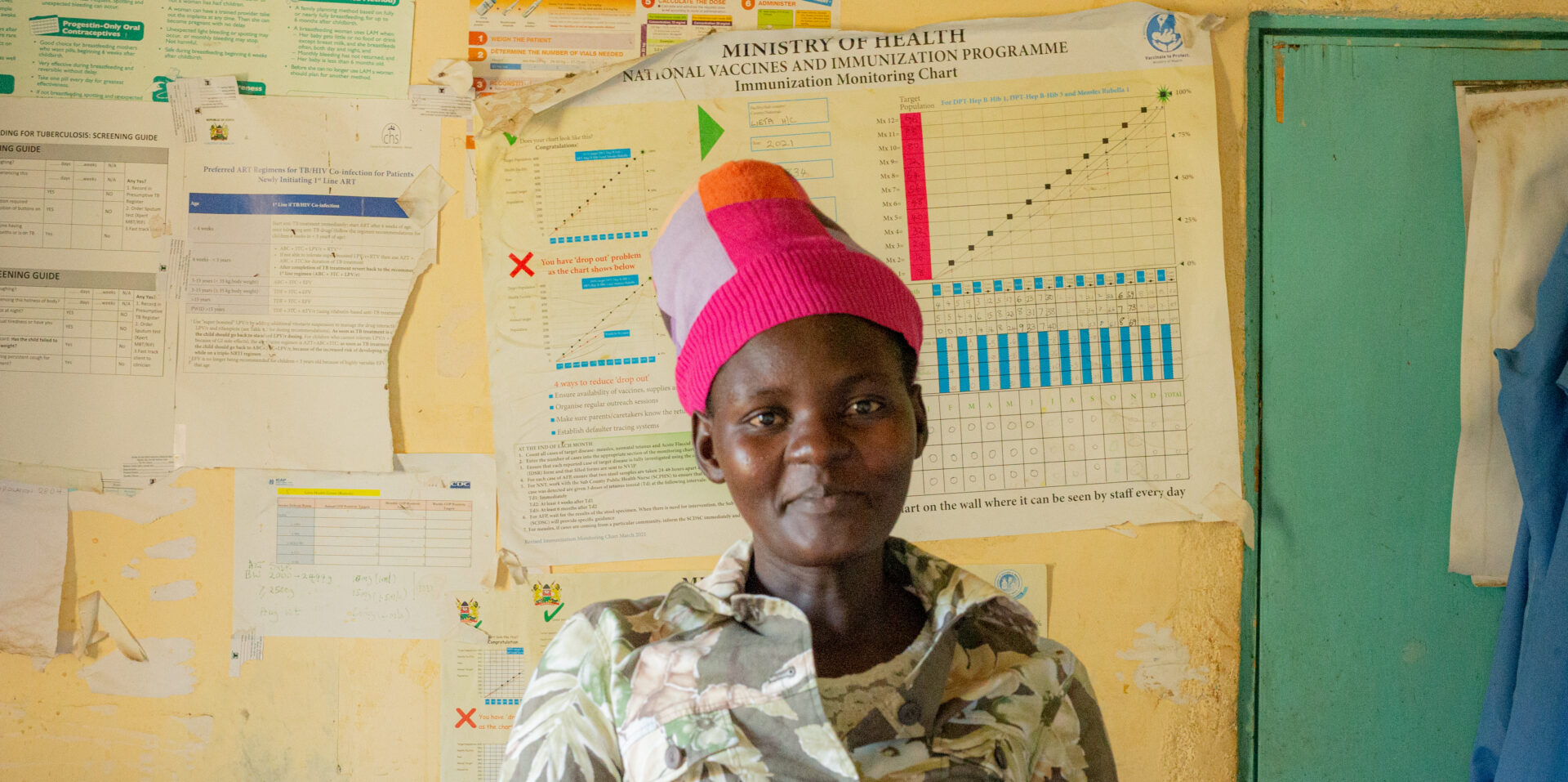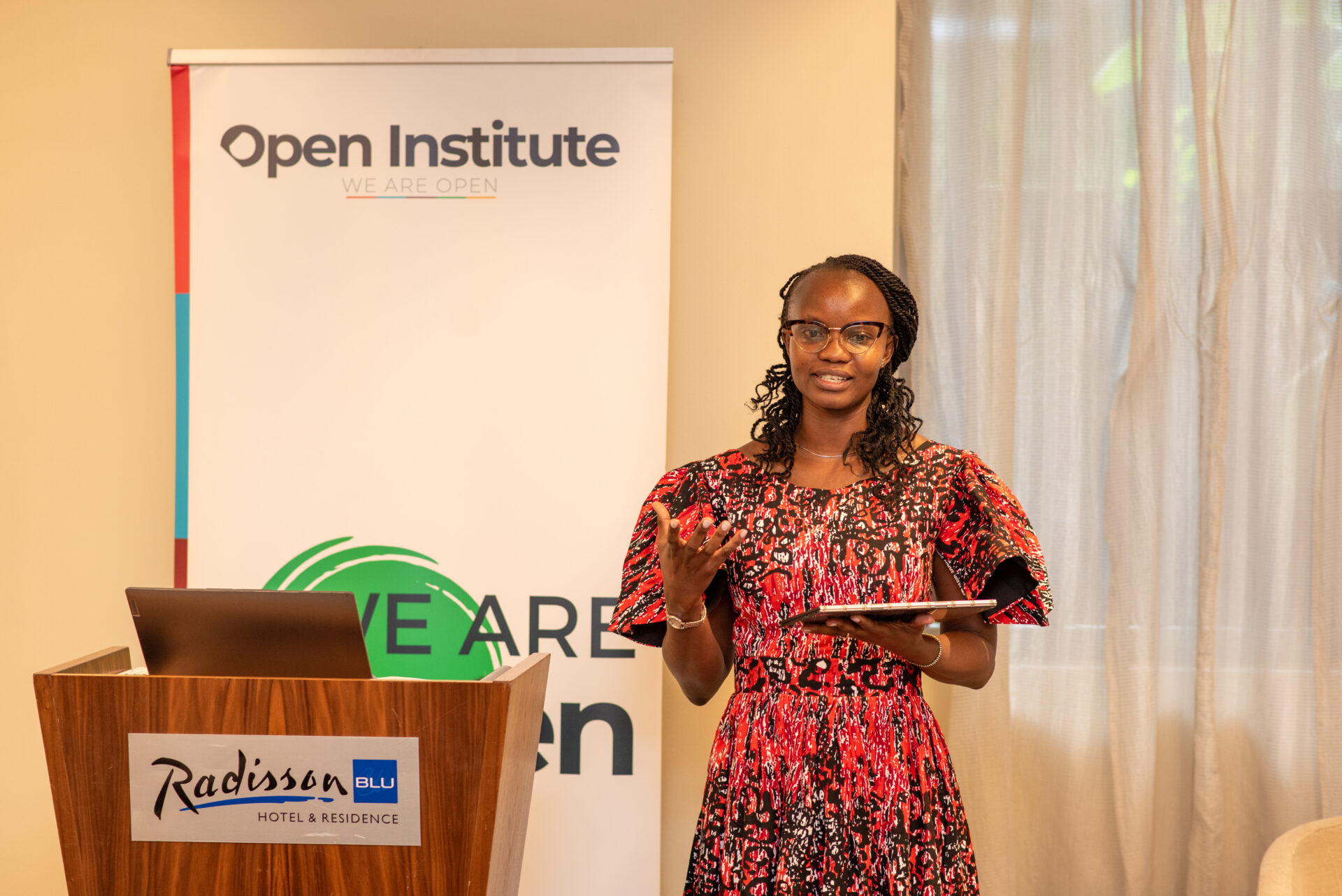Systems change is the goal of our work, promoting Responsive Governments and Active Citizenship. Our pursuit of this goal has continually convinced us that systemic transformation must be built from the ground up. Actual progress lies in adjusting policies and reconfiguring the societal and governance ecosystems that determine whose voices are amplified and silenced. To navigate and influence this complex system, citizens require a robust social infrastructure at the hyperlocal level. This ecosystem not only empowers them to participate in development processes but also to drive systemic change.
Invisible Citizens
The problem of “invisible” citizens in the context of active citizenship is multifaceted. They are deeply rooted in various socio-economic, cultural, and political structures. The term “invisible” refers to individuals and communities not adequately recognised or represented within the spheres of governance and development. Their invisibility stems from a need for more acknowledgement and responsiveness from authorities and barriers that prevent them from participating effectively in public affairs.
We have found that citizen invisibility encompasses several critical barriers that hinder full societal and governance participation. This includes a lack of crucial information about government operations and resources that impede citizens’ ability to exercise their rights or influence policy and the widespread absence of essential documentation like ID cards or birth certificates, which are crucial for engaging in civic processes.
Educational gaps, particularly in functional literacy, further limit citizens’ capacity to navigate governance systems and advocate for their needs. Systemic exclusion, driven by poverty, gender discrimination, and geographical isolation, alongside cultural and social norms, mainly affects women and youth, silencing their voices in public discourse. The scenario is aggravated by a lack of platforms for meaningful participation, elite control over resources and decision-making, and pervasive fear and mistrust of the system due to past repression, all of which collectively stifle citizen engagement and voice in governance.
The invisibility problem is intricately linked to power dynamics in development, especially when dealing with government entities, prominent civil society organisations (CSOs), and other influential governance and public policy actors. In this context, invisibility refers to the relative powerlessness of citizens or groups to influence, participate in, or benefit from development processes.
Examples of citizens who are often invisible





Citizen Powerlessness
The disenfranchisement of “invisible” citizens unfolds through restricted access to decision-makers, controlled by governments and major CSOs, leaving these citizens’ voices unheard. These entities also dominate resource allocation, often overlooking communities outside their visibility for development initiatives. Power imbalances further manifest in policy-making, where such citizens wield little influence, leaving their needs and concerns sidelined. Information disparity, compounded by powerful groups’ selective dissemination of information, diminishes these citizens’ agency. Moreover, narrative control by governments and CSOs excludes stories of invisible communities, perpetuating their marginalization.
Institutional structures naturally favour those already empowered, evident in bureaucratic hurdles and cultures that discourage widespread participation. Invisible citizens face challenges in collective action due to a lack of networks and social capital essential for advocating change. Lastly, the struggle for legitimacy and recognition from authoritative entities makes it difficult for these citizens to validate their voices in development discussions, deepening their invisibility.
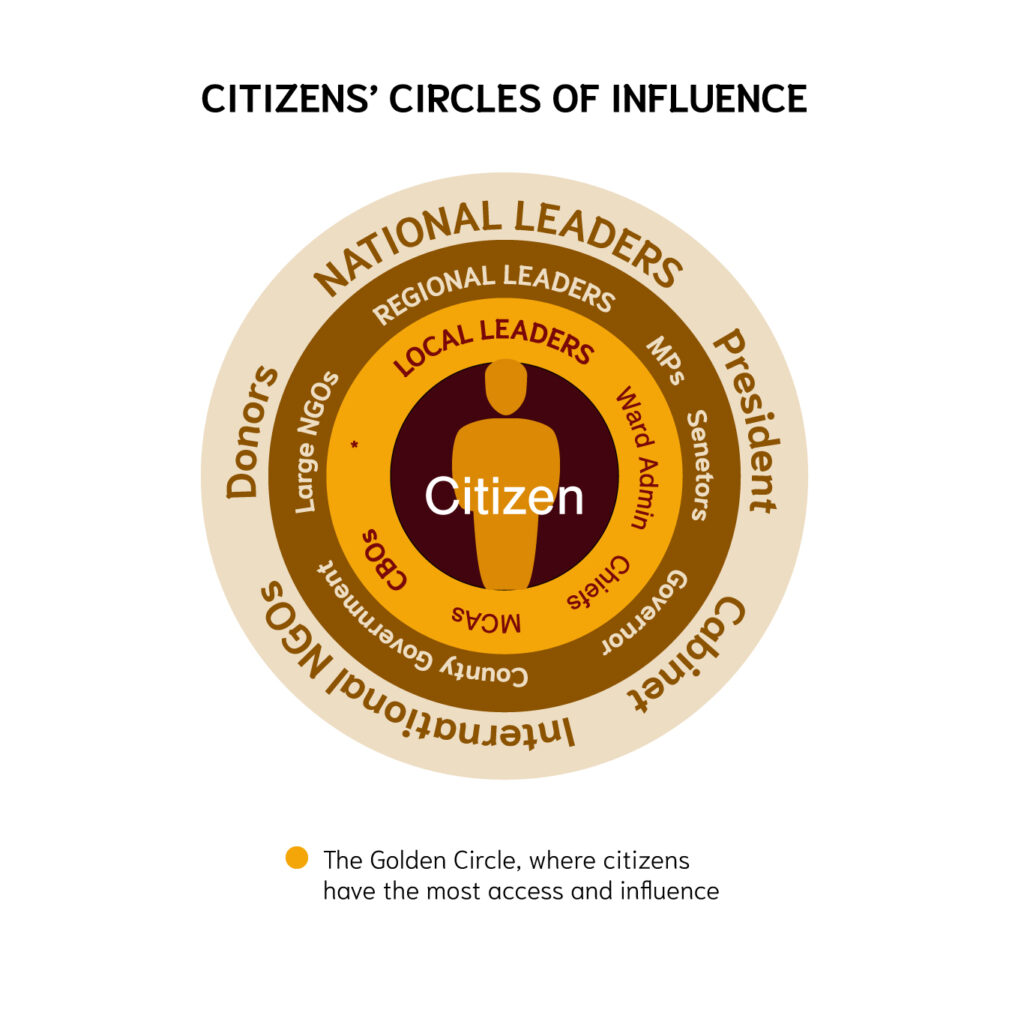
We hold the position that citizens need social infrastructure, an ecosystem at the hyperlocal level that empowers them to participate in development processes. This social system includes local leaders such as chiefs, members of county assemblies, ward administrators, and most importantly, local community-based organisations, organisers, and mobilisers. It provides citizens with the knowledge that they have been systematically deprived and courage as they don’t feel alone while engaging in public participation processes.
Ecosystems around citizens
This ecosystem is a foundational network of social constructs and community institutions that can encourage citizens, providing the necessary tools and support systems to participate actively in governance and development. Here’s how each ecosystem component contributes to empowering citizens:
- Local Leaders (Chiefs and Ward Administrators): These individuals often serve as the first point of contact between the citizens and the government. They can facilitate engagement by disseminating information, advocating for the community’s needs, and organising public participation events.
- Members of County Assemblies: These elected officials are mandated to represent their constituents’ interests. They can amplify citizen voices in higher echelons of government and ensure that local issues are addressed in legislative processes.
- Community-Based Organizations (CBOs): CBOs play a crucial role in the social infrastructure by providing a structured platform for citizens to come together, articulate their concerns, and take collective action. They are often deeply rooted in the community and can address specific local needs.
- Local Organizers and Mobilizers: These individuals are critical in building collective courage and motivating citizens to participate. They are often trusted figures who can bridge the gap between the community and formal governance structures.
Systemic Impact of a Robust Social Infrastructure
A well-established social infrastructure achieves several key outcomes pivotal for systems change. It democratizes knowledge, ensuring citizens know their rights and the avenues for governance participation. It fosters a collective identity, amplifying marginalized voices and ensuring they can no longer be ignored in policy and development conversations. Most importantly, it legitimizes citizen participation, making it an integral component of governance systems rather than an external pressure.
Moreover, this infrastructure cultivates a culture of accountability, where informed citizens can hold their leaders to account, ensuring that policies and development initiatives reflect the community’s actual needs and aspirations.
Towards a Future of Inclusive Systems Change
For governance and development systems to be truly inclusive and equitable, the transformation must occur at the structural level—requiring a shift in how power dynamics are configured and how citizens engage with these systems. By strengthening the social infrastructure at the hyperlocal level, we empower citizens not just to participate in but to drive this systemic change. This approach is not merely about reforming existing structures but reimagining the foundations upon which they stand. It calls for a collaborative effort among all stakeholders to build a society where every citizen has the power to influence the systemic forces that shape their lives.
Strengthening democracy and accelerating social development through enhancing hyperlocal social infrastructure empowers citizens and significantly propels progress toward achieving the Sustainable Development Goals (SDGs). The empowerment of “invisible” citizens through robust social infrastructures at the community level has a profound impact on enhancing democratic engagement and fostering inclusive social development. By providing citizens with the tools, knowledge, and platforms to actively participate in governance and development processes, societies can make strides in realizing the SDGs, which aim to address global challenges such as poverty, inequality, climate change, and justice.
Strengthening Democracy Through Active Citizenship
Democracy thrives on the active participation of its citizens. By dismantling the barriers that render citizens “invisible” and creating an inclusive environment for public engagement, governance becomes more reflective of the diverse voices within a community. This participatory approach strengthens the pillars of democracy by ensuring that decision-making is more transparent, accountable, and representative of the citizenry’s needs and aspirations. When citizens are informed, empowered, and actively involved in the political process, trust in public institutions is rebuilt, and the legitimacy of governance structures is enhanced. Moreover, this active engagement fosters a sense of ownership among citizens, leading to more sustainable and accepted policies and initiatives, which are crucial for the long-term health of a democracy.
Many of the SDGs, including those related to reducing inequalities (Goal 10), ensuring inclusive and equitable quality education (Goal 4), and promoting inclusive societies for sustainable development (Goal 16), call for the active participation and inclusion of all segments of society, including the most marginalized. By fostering a social infrastructure that enables every citizen to contribute to development discussions and actions, communities can tailor innovative solutions and be appropriately aligned with local contexts and needs. This localized approach to tackling global challenges ensures that development efforts are grounded in the reality of those they aim to serve, thereby increasing their effectiveness and impact.
Also read: Global Goals for Local Impact

